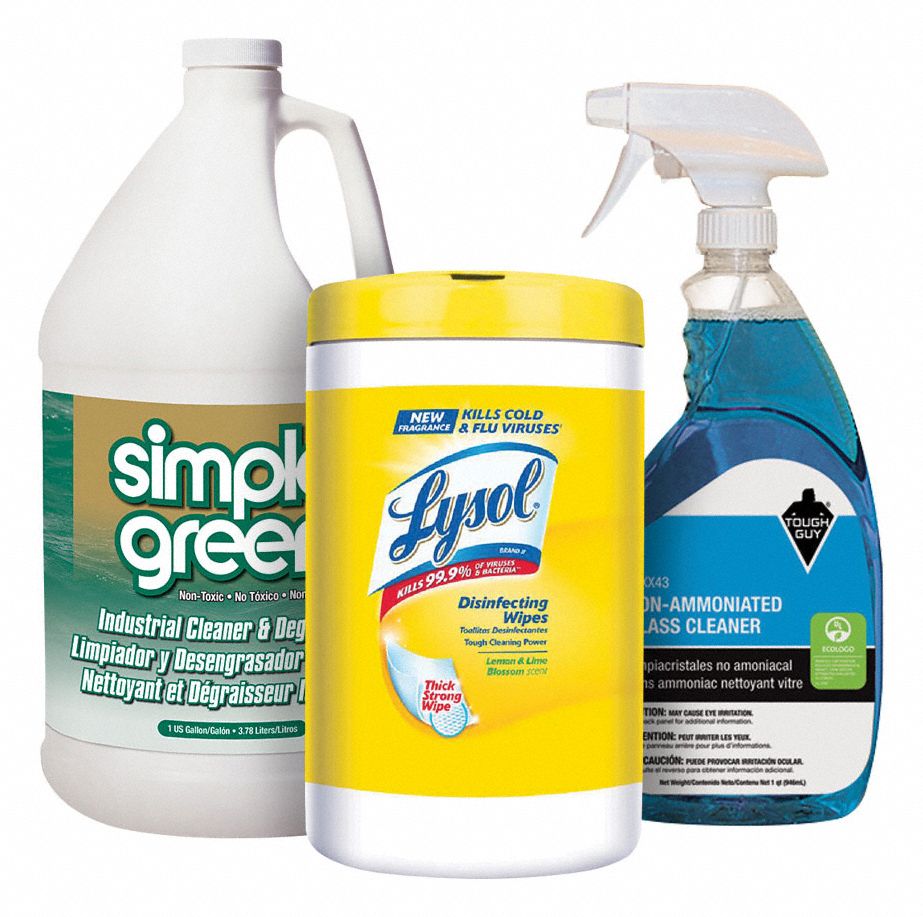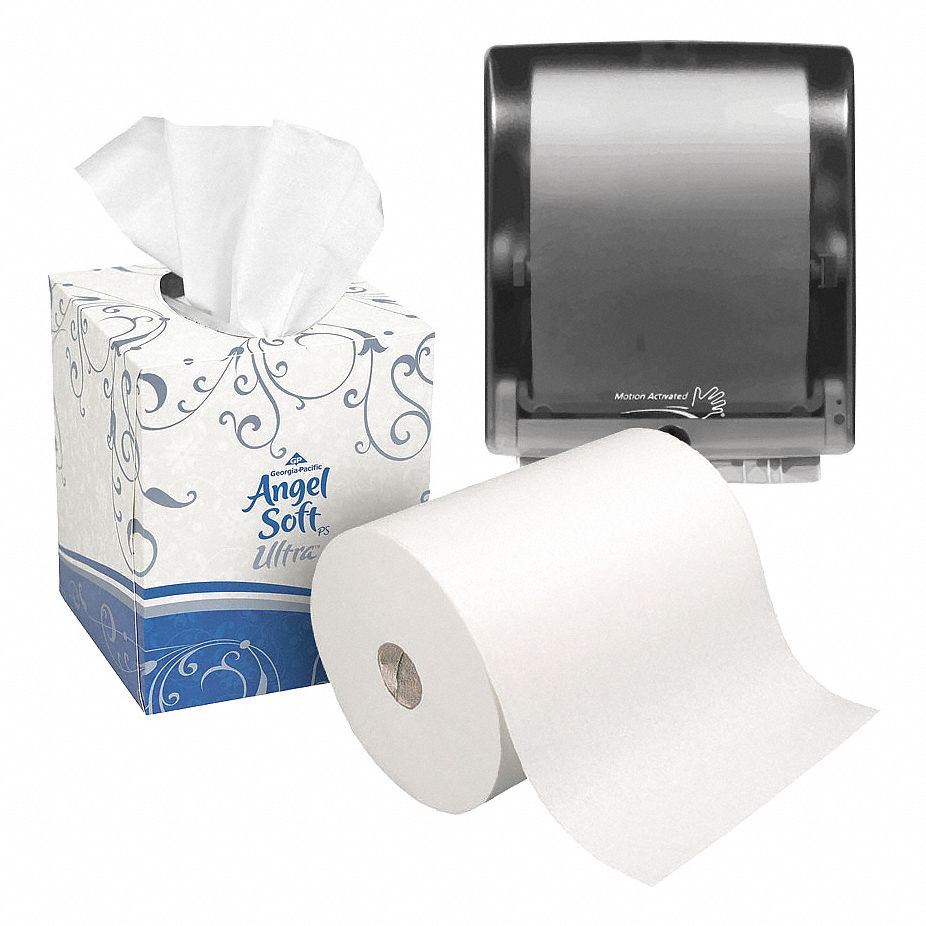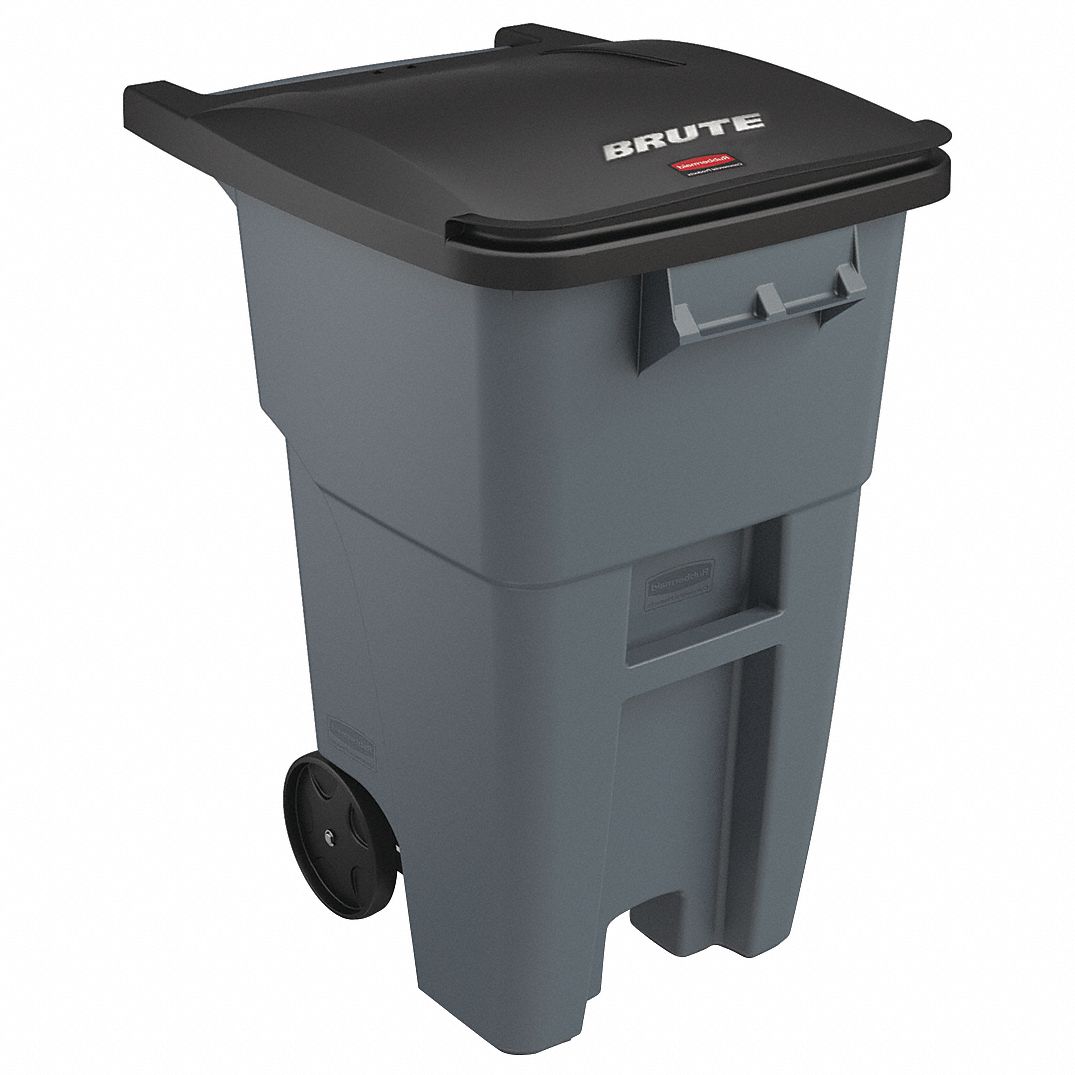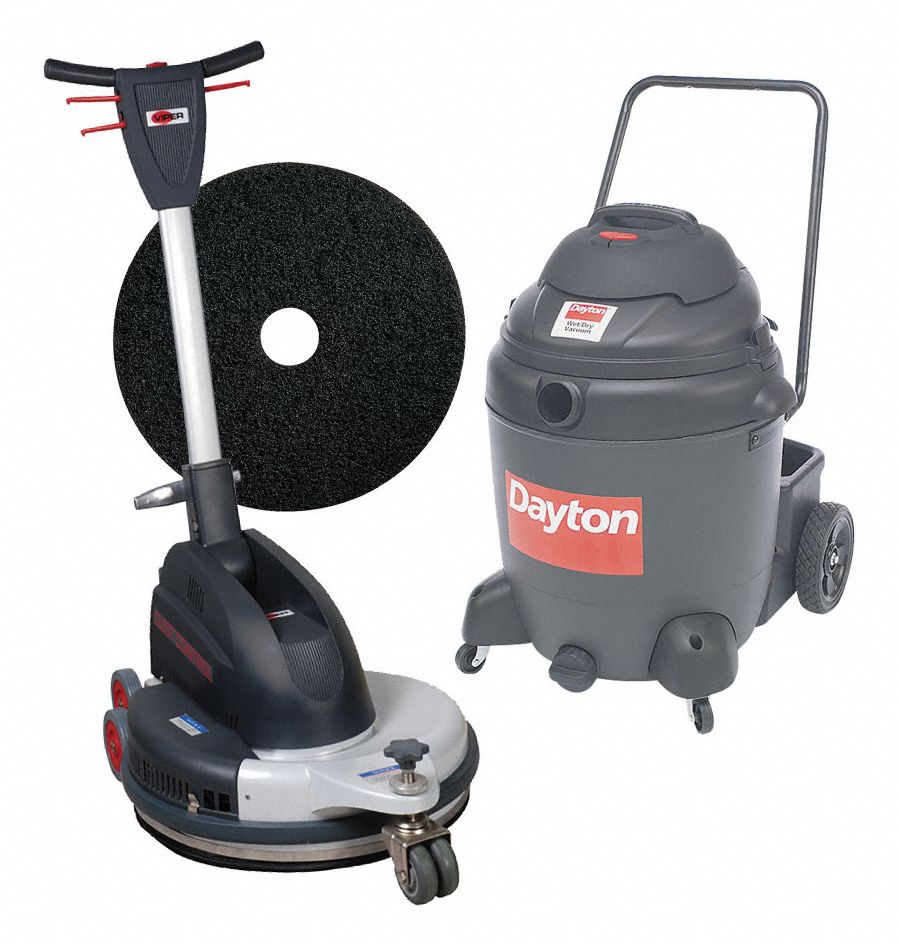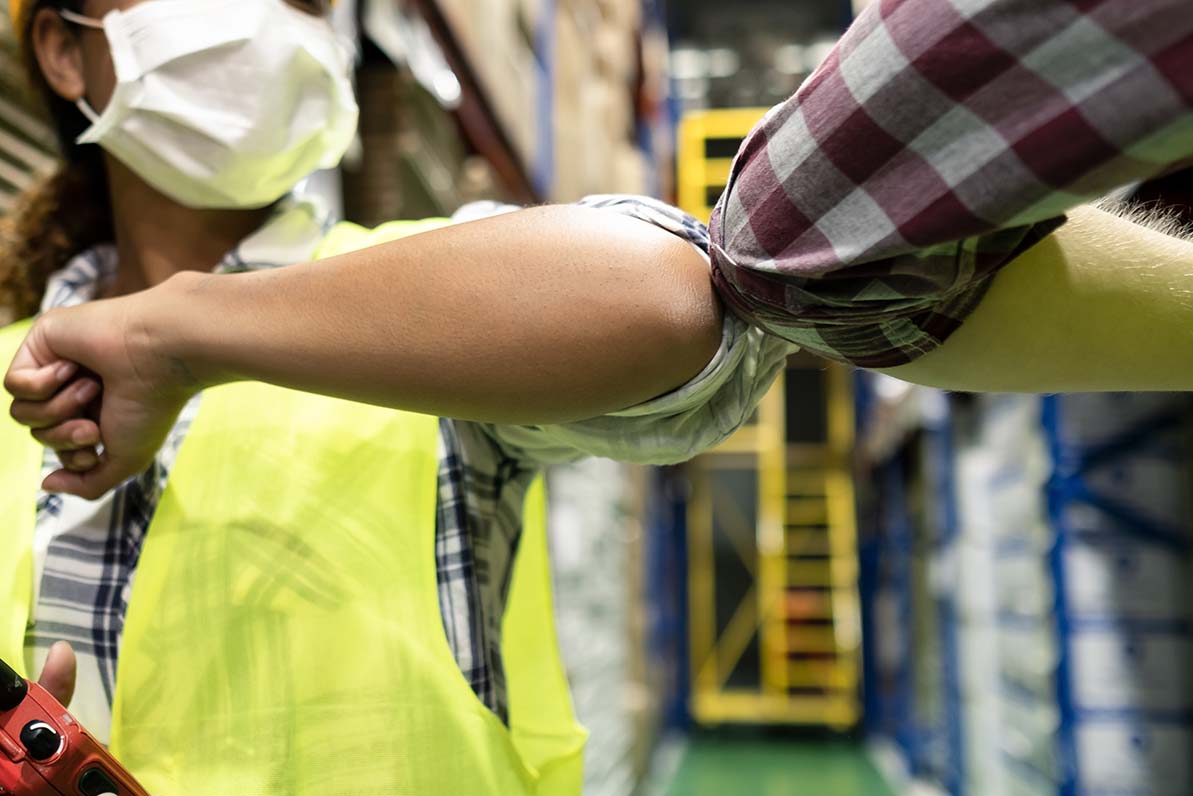

Social Distancing Protocols and the Hierarchy of Controls
By Grainger Editorial Staff 6/21/20


The emergence of the severe acute respiratory syndrome coronavirus 2 (SARS-CoV-2) and the resulting COVID-19 disease has made social distancing a fact of life. According to the Centers for Disease Control and Prevention (CDC), it's one of the best ways of avoiding exposure to any communicable disease. The goal of social distancing is to limit face-to-face contact. But how can social distancing be implemented in the workplace? The cubicles, workstations, production lines, restrooms, breakrooms and warehouse aisles of yesterday were not designed for workers who need to maintain a minimum of six feet of separation from one another.
When thinking about how to address any workplace hazard, it's best to start with the hierarchy of controls. Safety professionals have long used this principle to guide their interventions. The hierarchy of controls is a systematic way of grouping hazard control methods according to their effectiveness, remembering to consider the most effective methods before the less effective methods.
The National Institute for Occupational Safety and Health (NIOSH) hierarchy of controls is commonly depicted as an inverted triangle. Moving from top to bottom, the controls become less effective.
According to OSHA, there are advantages and disadvantages to each type of control measure, and it will usually require a combination of these measures to protect employees from any hazard.
Elimination and Substitution
The most effective way of controlling all hazards is to systematically eliminate them from the workplace, either by removing the source or substituting something less hazardous. But as long as employees are present in the workplace, it is not possible to completely eliminate the potential of exposure to communicable diseases such as COVID-19.
Engineering Controls
The next most effective way of minimizing hazard exposure is through engineering controls. According to NIOSH, engineering controls are either measures that create a barrier between the worker and the hazard, or measures that remove the hazard from the environment.
Engineering controls that can help minimize close contact between employees include:
- Moving desks, tables and workstations to be further apart
- Positioning workstations so that workers are side by side rather than face to face
- Installing partitions between desks or workstations
- Installing barriers that change the flow of foot traffic
- Temporarily discontinue use of urinals and bathroom stalls that are too close together
Administrative Controls
Though administrative controls are less effective than engineering controls, they're still an important part of a hazard control strategy. Administrative controls are measures that help people change the way they work, reducing their exposure to the hazard without physically separating them from it.
Administrative controls that can help minimize close contact between employees include:
- Closing facilities to visitors
- Eliminating face-to-face customer service
- Replacing in-person meetings with virtual meetings
- Establishing social distancing protocols that offer guidance for using conference rooms, stairwells, elevators, lunch and break rooms, exits and entrances, restrooms and any other limited spaces or bottleneck points.
- Encouraging one-way flows of pedestrian traffic to make distancing easier and avoid face-to-face encounters.
- Staggering workers' scheduled arrival and departure times to avoid bottlenecks at entrances and exits.
- Developing new procedures for clocking in and out.
- Using location-based technologies such as wearable devices that vibrate when employees are with six feet of each other and track potential contact with others.
- Training workers to understand and follow protocols, reinforcing them with signs and other visual communications, and enforcing with measures such as verbal warnings.
According to NIOSH, administrative controls require significant effort from the affected workers. Signage and other visual communications can be an important way of reinforcing new protocols. The chart below provides some ideas for how social distancing signs and other visual communications can support protocols:
| Social Distancing Goal | Protocol | Visual Communication |
|---|---|---|
|
Maintain one-way flows of foot traffic. |
Designate separate entrances and exits to buildings and rooms. Designate one-way "lanes" through open spaces. |
Signs to indicate new enter-only and exit-only doors. Floor tape and arrows to separate lanes and indicate direction of travel. |
|
Limit the number of people in work rooms and confined space. |
Determine maximum occupancy levels based on room size. Determine occupancy levels for spaces including conference rooms, break room and lunch rooms. |
Signs to indicate maximum occupancy levels. |
|
Limit incidental contact between people at bottleneck areas like building entrances and restrooms. |
Designate an area for lines to form at bottleneck points. |
Floor tape or adhesive panels to indicate fixed points six feet apart. |
Personal Protective Equipment (PPE)
The last level of the hierarchy of controls is personal protective equipment (PPE), which is worn to minimize exposure to hazards that can't otherwise be eliminated. Like administrative control measures, PPE requires significant effort from workers and is considered a last line of defense.
To determine whether workers require PPE to help protect them from communicable diseases, OSHA recommends evaluating their job tasks and working environments and determining what may be needed based on an exposure risk assessment
Are Cloth Masks PPE?
Cloth masks are not PPE and are not a substitute for N95 respirators or surgical face masks. Learn more about the difference between cloth face coverings, surgical masks and respirators.
The information contained in this article is intended for general information purposes only and is based on information available as of the initial date of publication. No representation is made that the information or references are complete or remain current. This article is not a substitute for review of current applicable government regulations, industry standards, or other standards specific to your business and/or activities and should not be construed as legal advice or opinion. Readers with specific questions should refer to the applicable standards or consult with an attorney.

